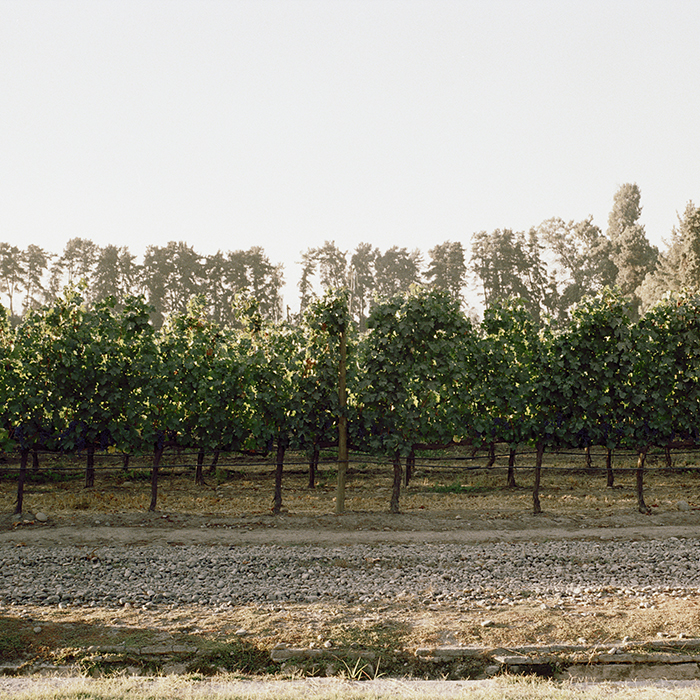The changing face of Chile
Author: Fergus Stewart

Viña Errazuriz, Aconcagua Valley, Chile. Photograph: Jason Lowe
For a country with a proud and long history of winemaking, dating back to the Conquistadors’ arrival in the 16th century, it has taken until fairly recently for the wines of Chile to make a splash on the global fine wine scene.
Political instability over the 20th century hampered the growth of the wine industry, with the end of the military dictatorship in 1990 opening the door to export markets and foreign investment. Historically viewed as a great source of cheaper, more everyday wines, the past 20 years has seen an incredible rise in quality across the spectrum.
Boasting a climate that sits somewhere between Bordeaux and California, Chile is a viticultural Garden of Eden. Bordered by the Pacific, Andes, Atacama Desert and Antarctica, the disease-free vineyards (Chile has never suffered from phylloxera) are tailor-made for a range of wines, with a particular emphasis on Bordeaux varietals and the resurrected Carménère, now Chile’s signature grape, but whose plantings were long assumed to be Merlot.
Seeing the great potential that Chile offered, it wasn’t long before foreign investment, mainly in the form of joint ventures, started appearing, with Seña (originally a Mondavi and Chadwick collaboration), Almaviva (Concha y Toro and Barons de Rothschild) and Lapostolle (the Grand Marnier family).
The wines these estates produce, mostly Bordeaux-inspired, are at the forefront of quality and can now easily be compared to the top wines of Bordeaux, Tuscany and Napa. Wishing to prove this point, Eduardo Chadwick (of Errazuriz, Seña and Viñedo Chadwick) organised a tasting of his wines, blind versus a selection of First Growths and Super Tuscans in Berlin in 2004. The result, to the surprise of all the tasters, was in Chile’s favour: the country’s wines took three of the top five spots, including first and second place. This Chilean version of the famous “Judgement of Paris” has since been replicated around the world, with similar results from a wide range of tasting panels, vindicating Eduardo’s belief that his wines deserved to be viewed amongst the best in the world. A view we certainly share – the 2015 Viña Seña, for example, is a world-class wine.
But is isn’t just Cabernet blends that are now recognised for their quality. Syrah from Elqui (in the North near the Atacama) is a dead ringer for those of the Northern Rhône and the cooler climate valleys of Bío Bío and Itata are producing superb aromatic Rieslings and Chardonnays – Pandolfi Price (from the latter) is definitely worth a look for their Chablis-esque Larkün and Chassagne doppelganger Los Patricios.
One of the most exciting developments has been the rise of Pinot Noir from cooler areas, such as Aconcagua Costa, with Errazuriz’s Los Pizarras project (whose Chardonnay is also well worth a look) vying for top spot with the Aristos wines from celebrated Burgundian, Comte Michel Liger-Belair. Already excellent, these will be fascinating to watch over the following decade as the young vineyards come to maturity and will certainly rival other New World Pinot hotspots such as Central Otago and Oregon.
The huge level of financial investment, influx of international talent and attention to detail is transforming Chile’s production and reputation. From our deliciously quaffable Chilean Merlot through to the top tier of wines such as Almaviva and Viñedo Chadwick, I urge you to give Chile a try. I’ve always believed great wines are made in beautiful places and Chile is no exception.
Browse our Chilean range on bbr.com.


